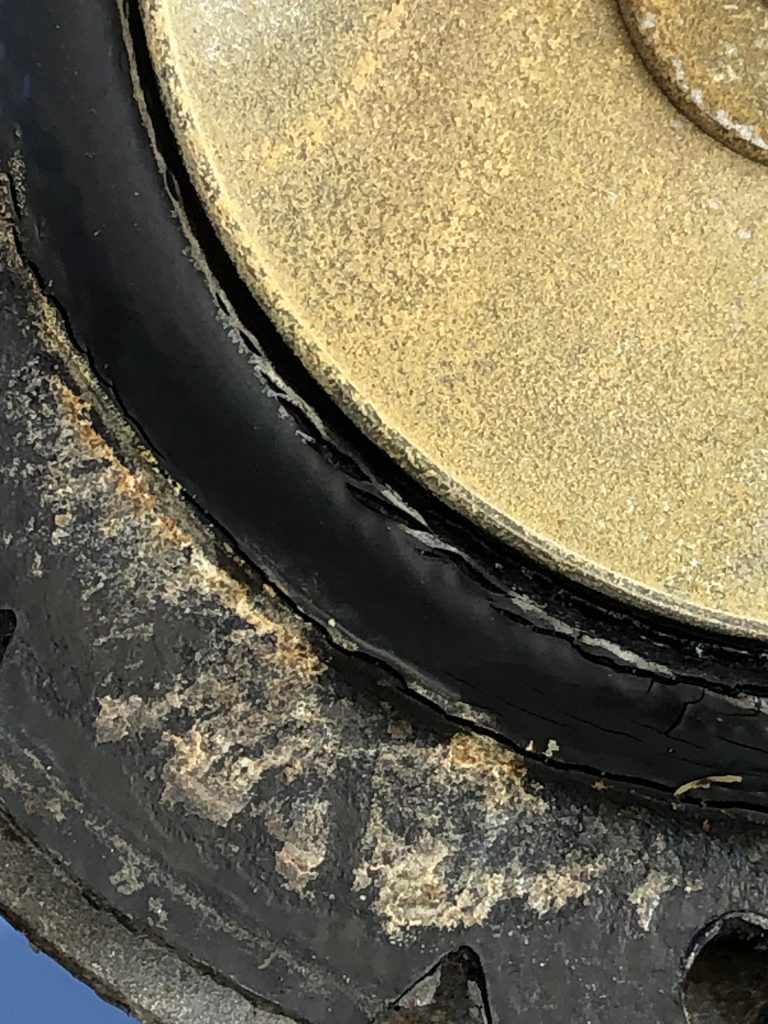Cause of Gasoline Contamination of Engine Oil in Mercruiser 5.7 Ltr

Shortly before our coastal cruise from San Diego to San Francisco I discovered gasoline in one of my engines. I did some research in forums to try and figure out how this would happen.
There were two possible causes being discussed. A large group of bloggers focused on the Rochester carburetor leaking through a plug in the float bowl. A couple other bloggers insisted the fuel was being pumped in from the fuel pump.
Both opinions are possible. The plugs in the float bowl have been known to leak. This potential problem is easy to visualize and was the first place I decided to check.
Rebuilding The Rochester Carburetor
The goal in this process was to determine if the plug in the float bowl was leaking. Since this carb had not been touched in 30 years it made sense to start here. After disassembling it and loading the float bowl with fuel, letting it sit for 12 hours, not a drop of fuel was lost.
Oh well, it needed a good cleaning anyway.
How Does Fuel Enter Crankcase Through Fuel Pump?
I had a difficult time visualizing how fuel could enter the crankcase through the fuel pump. After dissecting one of the pumps it became painfully clear.

This diaphragm performs the pumping action and is the barrier between the fuel and the crankcase.
This pump had less than 500 hours on it when we headed out to sea. But, it was also 30 years old! This was the culprit.
Lessons Learned
Rubber parts have a shelf life. The number of hours in service is irrelevant. At the first sign of fuel in the oil evaluate the amount of contamination before taking stuff apart. If the leak is from a carburetor the contamination will be limited to small amounts.
If the contamination begins to elevate the oil level on the dip stick you have a fuel pump constantly pumping fuel into the crankcase. And, it will only get worse as time goes on. The cracks in the diaphragm exposed the reinforcing fabric embedded in the rubber. Once the reinforcing fabric is exposed fuel will be pumped through the fabric directly into the crankcase.
The other lesson learned is that what happened to the rubber in the fuel pump can happen to any rubber on the engine. Anything rubber that has not been replaced for a number of years is suspect. Including hoses, belts and exhaust connections.
I encountered this issue in the first days of our cruise from San Diego to San Francisco. Luckily I found an old school parts shop in Oxnard that carried the exact pumps I needed. If you ever find yourself in the Channel Islands Harbor and need boat parts check out Base Auto Parts And Marine.
Recent Comments